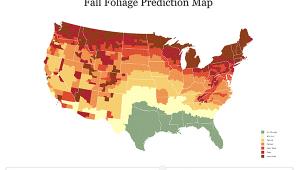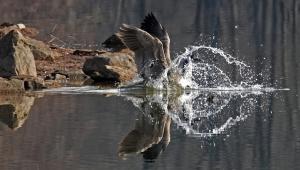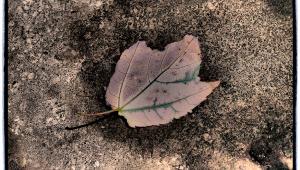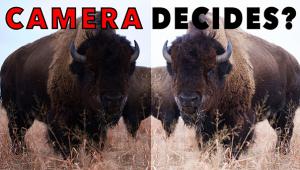Glacier National Park; Big Sky And Great Views
Glacier National Park, named for its glacially-carved terrain and remnants of past glaciers, is located in the northwest corner of Montana. Recognized as a World Heritage Site, it sports over a million acres of vast wilderness and is home to more than 70 species of mammals, including black and grizzly bear, gray wolf, lynx, wolverine, mountain lion, and elk. The park also hosts well over 260 species of birds and thousands of different plants. Add soaring mountain peaks, plentiful wildlife, diverse flora, and crystal-clear mountain lakes, and it’s easy to see why Glacier National Park is a photographer’s paradise.
A few thoughts on photo gear might be worthwhile before you begin your journey. Wide-angle lenses are definitely appropriate for scenic expanses. Telephoto lenses work to isolate specific landscape features or distant wildlife. A sturdy tripod is an absolute necessity. A graduated neutral density filter (2-3 stop) can help deal with variations in dynamic range and a polarizing filter will saturate colors, eliminate reflections, and add impact to skies.
 |
|
|
Lake McDonald
You might want to begin your tour in West Glacier and head toward Logan Pass via Going-to-the-Sun Road—one of America’s most scenic highways. First stop is Apgar Village, located on the southern shore of Lake McDonald. The Visitors Center there is a good source for information to help get the most out of your trip and where you get a first glimpse of the magnificent Rocky Mountain panorama. Dawn and dusk are the best times to capture Lake McDonald and the mountains. The sun rises and sets from right to left. Departing Apgar, there are many photo opportunities along Going-to-the-Sun Road. The first part of the trip runs along Lake McDonald’s eastern shore—there are numerous
pull-offs for photos. Also, check out Lake McDonald Lodge for more photo possibilities.
 |
|
|
Beyond the lake, the road parallels Upper McDonald Creek where several sets of rapids and small cascades are worth photographing. Stop at Trail of the Cedars—an ancient grove of giant cedars. Mushrooms and moss here provide great close-up subjects. Avalanche Creek Gorge is an ideal spot for milky shots of flowing water—a shutter speed of less than 1 second works best for this effect, along with an aperture of f/16 for great depth of field. Continue on to Avalanche Lake (4.6 miles round trip), which is a classic cirque lake fed by several waterfalls cascading hundreds of feet from the surrounding mountain peaks. Photography here is best in the early evening.
 |
 |
||
|
|
Logan Pass
Beyond Avalanche, Going-to-the-Sun Road rises dramatically, hugging the cliffs of Glacier’s famed Garden Wall. The scenery here is most stunning, so take advantage of the few pull-offs (or constructions delays) to capture the moment. At the Pass postcard-type scenes abound in every direction. The Pass is a favored haunt for mountain goats and bighorn sheep. Sheep like to congregate in the parking lot of the Visitors Center, especially on hot summer afternoons—a 200mm lens will be sufficient for close-ups.
 |
|
|
There are nice hiking trails that start at the Pass, the Highline Trail being one of my very favorites. It’s an easy hike and offers some of the best landscape, wildlife, and wildflower photo opportunities in the park. Goats, sheep, and marmots are frequently encountered, and occasionally grizzlies. Lighting here can be somewhat tricky because of the mountain range’s north/south orientation. Late afternoon and evening affords the best lighting.
 |
|
|
- Log in or register to post comments

















































